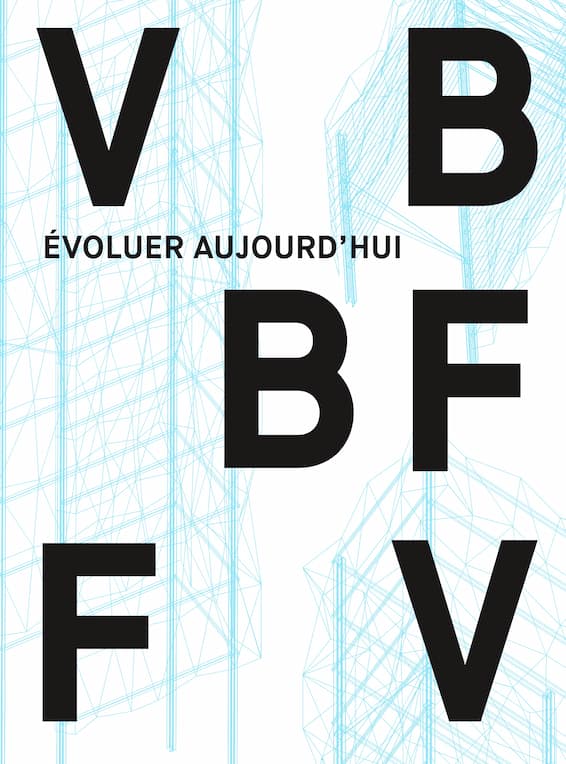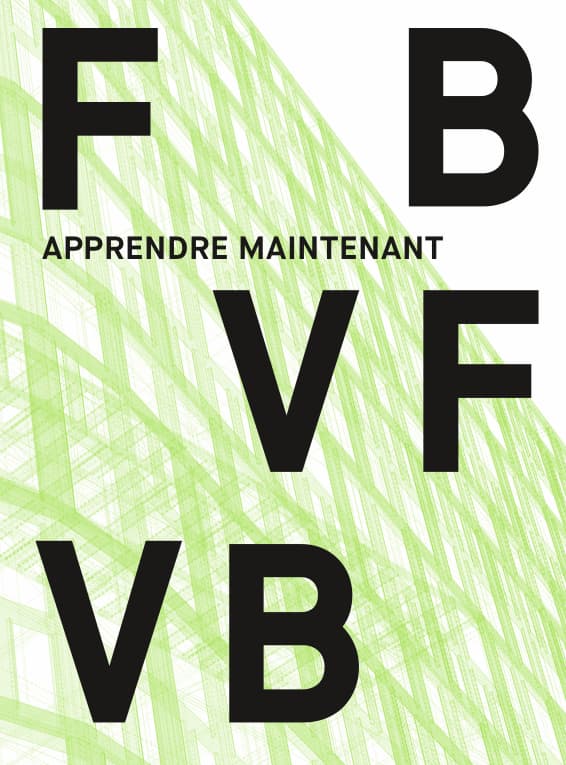
Learning now
View PDFIntroducing the fact that education places can be a source of knowledge themselves. If we consider that our society is currently undergoing an identity crisis and is reshaped by new ways of living, we imperatively need to question our learning environments. Space wise, these environments should be able to adapt to new pedagogies, new functions and a more balanced relationship between those who teach and those who acquire knowledge. Today, the public dimension, meaning what belongs to all of us, is an important discussion brought up by people from civil society. It is then obvious and necessary that we, as architects, provide new designs and spaces for learning environments, especially since educational buildings always conveyed the idea of a role model in our society.
We should not forget that schools are the places where our children learn how to read and write their mother language. It is also the first public building that they get familiar with. These two important statements should be clearly expressed as values through the architecture of schools. Of course, a school must be welcoming and comfortable. It must be a place where children and teachers can find their way easily. But, in addition, schools must reflect the values of a democratic system, its capacity to open the children eyes on the world and its commitment to help them understanding it.
We always keep these new challenges in mind when we design educational programs. Our buildings convey dynamics of technical, ethical and social innovations, with the aim of enhancing exchanges between teachers and students.
Texts















